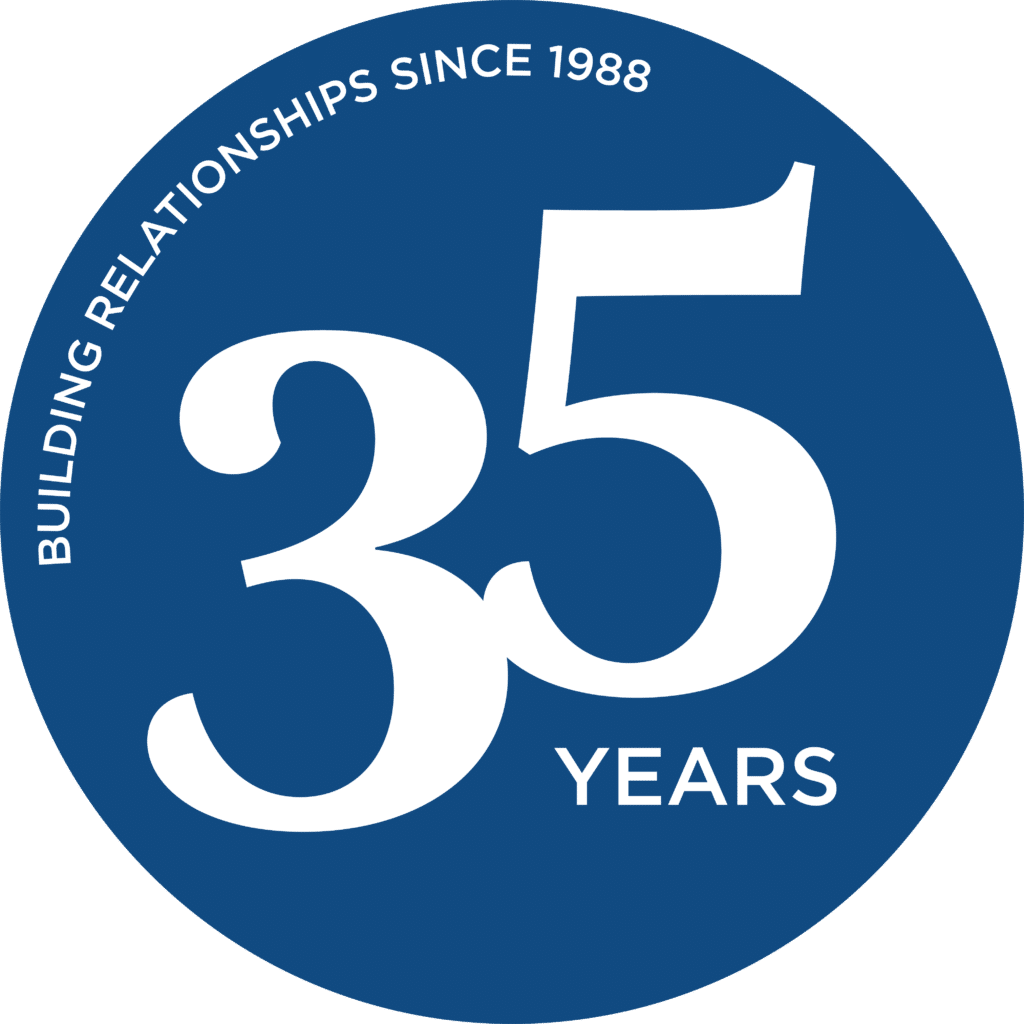As an HR professional, ensuring a safe and respectful workplace environment is paramount in any organization regardless of the type and size of the organization. Of course, this is always easier said than done! According to the most recent U.S. Equal Employment Opportunity Commission (EEOC) data, the number of individual charges remains steady. However, several recent workplace trends have had an impact and changed the types of complaints being filed. For example, due to the COVID-19 pandemic an increase in complaints related to disability discrimination, retaliation for taking leave under the Family and Medical Leave Act (FMLA), or religious exemptions due to non-compliance of vaccine mandates have been more frequent. Additionally, with the shift to more awareness of pay transparency at every employee level, the expectation is that claims related to the Equal Pay Act will be on the rise. Lastly, retaliation claims have consistently been the most frequently filed charges with the EEOC. This includes instances where employees report discrimination or harassment and then face adverse actions such as termination, demotion, or harassment in response to their complaint. Fairness is the cornerstone of any HR investigation. When allegations, such as harassment, discrimination, or retaliation arise, it is essential to conduct a thorough investigation promptly and impartially. Handling such sensitive matters is a lot to think about and prepare for mentally, logistically, and practically for even the most seasoned HR professional. Conducting an investigation requires a delicate balance of empathy, professionalism, adherence to company policies, and knowledge of compliance and legal requirements.
If investigative expertise does not exist within the HR Department, there is limited capacity due to timing or the complaint includes members of the HR Department, it may be necessary to consider hiring an external professional and unbiased expert. This ensures all parties involved are treated in a professional, legally compliant manner while ensuring impartiality which fosters a transparent and unbiased assessment of the situation. Integrity is equally crucial, as it upholds the credibility of the investigation and the HR department. These guidelines provide an overview of steps to consider when conducting an HR investigation. They will also be useful in your consideration when hiring an outside expert investigator.
1. Act Promptly and Confidentially
Upon receiving a complaint, act promptly to initiate the investigation process. Oftentimes it may be unclear if a complaint is considered a “formal” complaint vs. an “informal” comment or retelling of a story about how someone has been treated. When unclear, ask the person or witness to clarify. Regardless of the formality of how the complaint is made, treat all allegations with the utmost confidentiality to protect the privacy and well-being of the individuals involved. Assure the complainant, typically in writing, that their concerns will be taken seriously and
handled discreetly. Only involve those in the organization on a need-to-know basis. This may include your internal or external attorneys and Senior Leadership. If needed, separate parties from one another to de-escalate the situation.
Timeliness plays a key role should an allegation ultimately result in litigation. Courts will look at how promptly an organization took steps to mitigate the alleged problem, including conducting a comprehensive investigation.
2. Gather Information
Begin by gathering as much information as possible regarding the alleged complaint. Interview the complainant to understand the nature of the incident(s), including dates, times, and any witnesses who may have been present. Encourage the complainant to provide any documentation or evidence supporting their claims, such as emails. Gather this information sooner rather than later as it is important to have the employee recall as much of the situation as possible while it is still “fresh” in their memory. This also promotes a level of caring and understanding on behalf of the organization.
3. Identify, Prepare and Interview Witnesses
Probably the most crucial step in the investigation is the interaction with witnesses. Identify and interview any witnesses who may have observed the alleged harassment or have relevant information. Preparation is key when getting ready to conduct witness interviews. Questions should be prepared in advance to ensure that questions are open-ended, non-judgmental, and will be somewhat consistent for every witness. Determine in advance what information is necessary to prove or disprove an allegation. Allow witnesses to provide names of other witnesses if warranted.
Conduct interviews in a neutral and private setting, ensuring privacy and sensitivity to the concerns of the witnesses. These days many interviews can be conducted remotely depending on the type and/or culture of the organization. Consider what makes the most sense in this regard. While virtual interviews may be easier from a privacy perspective, it is often more difficult to read body language, facial expressions, etc. Depending on the extent of the allegations and the number of witnesses involved, it may be warranted to use multiple investigators to conduct the investigation. It will be important for all investigators to have the same understanding of the allegations and the goals of the investigation.
Active listening is a crucial skill that investigators must employ to gather accurate and comprehensive information. It involves not only hearing what the interviewee is saying but also paying close attention to their tone and any underlying emotions or motivations. By actively listening, investigators can establish rapport with the witness demonstrate empathy, and
encourage them to share relevant details more freely. Additionally, active listening enables investigators to ask pertinent follow-up questions and clarify any ambiguities, leading to a clearer understanding of the situation under investigation. Ultimately, active listening fosters trust and cooperation between the investigator and the witness, facilitating a more thorough and effective investigative process.
4. Interview the Alleged Perpetrator
Once you have gathered sufficient information, interview the individual(s) accused of the behavior. Conduct the interview fairly and impartially, allowing the accused to present their perspective and provide any evidence or witnesses in their defense. Remain objective, and unemotional and avoid making assumptions or judgments prematurely. Use active listening skills. Remind the person that information will be shared with those on a need-to-know basis only. Also, remind the individual that any threat of retaliation against anyone involved is also considered unlawful and can result in consequences.
5. Review Documentation and Evidence
Thoroughly review any documentation or evidence provided by both the complainant and the accused. This may include emails, text messages, witness statements, or surveillance footage, depending on the nature of the allegations. Evaluate the credibility and relevance of each piece of evidence carefully. If necessary, re-interview certain witnesses to gain clarity.
6. Assess the Credibility of Witnesses
Assess the credibility of witnesses by considering factors such as consistency, demeanor, and any potential biases. Cross-reference their statements with other evidence and witness testimonies to ensure accuracy and reliability.
7. Maintain Detailed Records
Maintain detailed records of all interviews, evidence gathered, and steps taken throughout the investigation process. Document findings objectively, noting any discrepancies or inconsistencies that may arise. These records will be invaluable in ensuring transparency and accountability.
8. Determine Findings and Take Action
Based on the evidence gathered and interviews conducted, determine if the claim is substantiated or whether the alleged behavior has violated company policies and/or legal standards. The details of the investigation, including summaries of witness statements, evidence collected, facts and analysis of findings that either support or refute the allegation should be contained in a written comprehensive report. Any relevant documentation should also be included. By maintaining thorough documentation throughout the investigation process, HR professionals can ensure accountability and compliance with legal requirements. Additionally, well-documented investigations provide a foundation for informed decision-making and will help mitigate the risk of legal challenges in the future.
If poor behavior is substantiated, take appropriate disciplinary action against the perpetrator(s) in accordance with company policies and applicable laws. Be sure to document this as well!
9. Follow Up and Monitor
Remember to follow up with the complainant and other involved parties to ensure that the behavior has ceased and that appropriate measures have been implemented to prevent a recurrence. HR and Management should monitor the workplace closely for any signs of retaliation or further misconduct and take swift action if necessary. In some cases, a predetermined sequence of follow-up meetings may be appropriate – perhaps in 30, 60, or 90 days.
10. Provide Training and Education
Finally, use the findings of the investigation as an opportunity to reinforce the company’s commitment to preventing harassment or discrimination and fostering a culture of respect and inclusivity. Provide training and education to all employees on harassment prevention, bystander intervention, and reporting procedures to empower them to contribute to a safe and respectful workplace environment. For Supervisors and Managers, know the requirements for providing training in their particular states.
While investigations are the last thing we want to think about as HR Professionals, how an investigation is managed within an organization can have widespread consequences. There is an impact not only on those involved directly with the investigation, but also on a company’s culture, reputation, and, depending on the outcome, potentially the bottom line. Conducting an HR investigation requires a careful and methodical approach to ensure fairness, privacy, and accountability. By following these guidelines diligently and with compassion, HR professionals can effectively address allegations and uphold the values of dignity and respect in the workplace while ultimately contributing to the overall well-being and success of the organization.
Melissa Dugan
Vice President, Consulting



